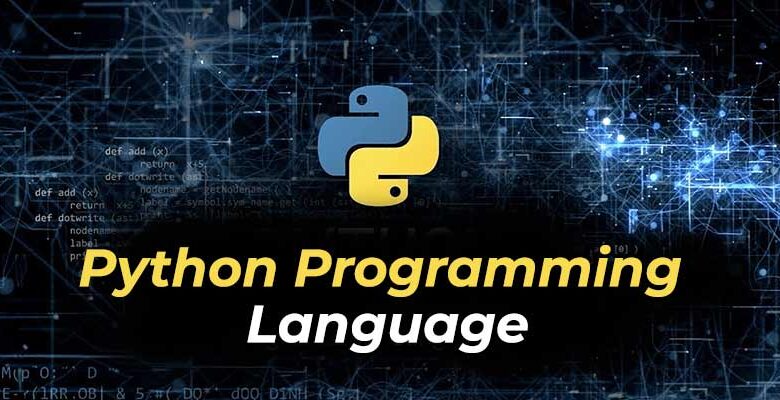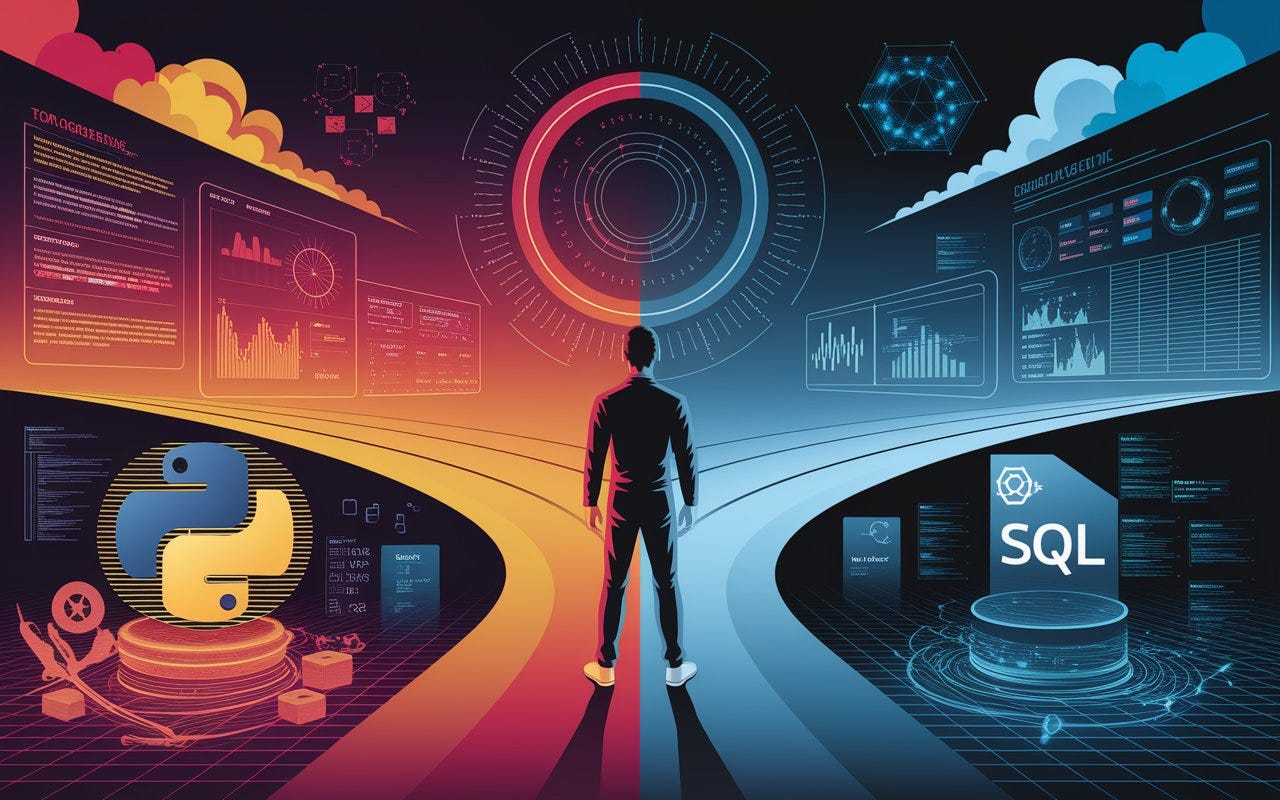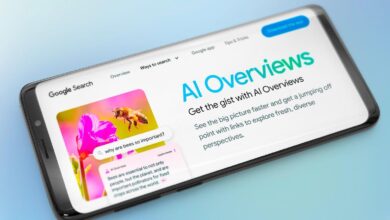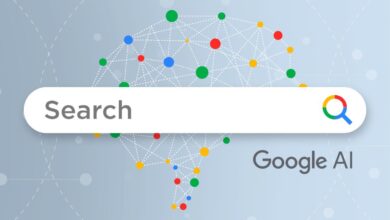Why Python Dominates Modern Programming Languages

In the vast and ever-evolving ecosystem of programming languages, a fierce but silent battle for dominance rages. New contenders emerge, promising revolutionary features, while established veterans hold their ground with robust ecosystems. Yet, amidst this constant technological churn, one language has not just survived but has thrived, consistently climbing the ranks to cement itself as the undisputed champion for a new generation of developers and industries. That language is Python. This isn’t a matter of fleeting trendiness; it’s a testament to a meticulously designed philosophy that prioritizes human readability, versatility, and community. This article deconstructs the multifaceted reign of Python, exploring the core reasons behind its supremacy, its diverse applications, and why it remains the top choice for beginners and enterprises alike.
The Philosophical Foundation: Readability and the Zen of Python
The dominance of any technology is first rooted in its core design principles. Python was conceived in the late 1980s by Guido van Rossum with a primary, radical goal: to emphasize code readability and allow programmers to express concepts in fewer lines of code than languages like C++ or Java. This philosophy is codified in “The Zen of Python,” a collection of 19 aphorisms that serve as a guiding light for developers.
A. Readability as a Core Tenet. Python’s syntax is clean, intuitive, and often described as “executable pseudocode.” The use of significant whitespace (indentation) to define code blocks forces a visually consistent style, eliminating the curly brace wars that plague other languages. This means code written by one developer is inherently easier for another to understand, reducing onboarding time and minimizing bugs. A statement that might take five lines in Java can often be written in one clear line in Python, accelerating development cycles.
B. The Principle of “There Should Be One and Preferably Only One Obvious Way to Do It.” This Zen principle reduces cognitive overhead. While a language like Perl offers multiple, equally valid ways to solve a problem (the “TMTOWTDI” or “Tim Toady” approach), Python encourages a singular, clean methodology. This creates a more uniform codebase across projects and teams, making large-scale software maintenance significantly easier.
C. Batteries-Included Philosophy. Python’s standard library is extraordinarily comprehensive. From modules for handling web protocols (HTTP, JSON), managing files and data compression, to working with operating system interfaces, the tools needed for common tasks are available out-of-the-box. This eliminates the immediate need to hunt for and integrate third-party packages for basic functionality, streamlining the initial development process.
The Engine of Supremacy: Key Factors Driving Python’s Adoption
The elegant philosophy alone isn’t enough. Python’s rise to the top is powered by a powerful combination of technical and social factors that create a virtuous cycle of adoption and improvement.
A. Gentle Learning Curve and Beginner Friendliness. Python is universally hailed as the best first programming language. Its straightforward syntax allows newcomers to focus on understanding programming concepts—like algorithms, data structures, and logic—rather than getting bogged down by complex syntactic rules. This has made it the cornerstone of introductory computer science courses from top universities to online coding boot camps, creating a massive, continuous influx of new developers who are proficient in Python from day one.
B. The Power of a Massive Ecosystem: PyPI and Pip. If the standard library is the “batteries included,” then the Python Package Index (PyPI) is a full-blown power grid. PyPI is a repository housing over hundreds of thousands of third-party libraries and frameworks, easily installable via the pip package manager. This ecosystem is Python’s crown jewel. Whether a developer needs a library for advanced scientific computing (NumPy, SciPy), machine learning (TensorFlow, PyTorch), web development (Django, Flask), or even controlling a Raspberry Pi, a robust, well-maintained package is almost certainly available. This eliminates the need to “reinvent the wheel,” allowing developers to build complex applications rapidly by standing on the shoulders of giants.

C. Unparalleled Versatility and Cross-Domain Applicability. Unlike languages niche to systems programming or front-end web development, Python is a general-purpose language that excels in numerous, seemingly unrelated fields. This versatility is a critical component of its dominance.
1. Data Science and Machine Learning: Python is the undisputed king of data. Libraries like Pandas for data manipulation, Matplotlib and Seaborn for visualization, and Scikit-learn, TensorFlow, and PyTorch for machine learning and deep learning have made it the default choice for data scientists, researchers, and AI engineers.
2. Web Development: Frameworks like Django (a “batteries-included” high-level framework) and Flask (a lightweight micro-framework) empower developers to build secure, scalable, and maintainable web applications from simple APIs to complex, content-heavy sites like Instagram.
3. Scientific and Numeric Computing: The aforementioned SciPy and NumPy libraries provide powerful tools for numerical computations, making Python a serious alternative to proprietary software like MATLAB in academia and industry.
4. Automation and Scripting: Python is the ultimate tool for automating repetitive tasks. From renaming batches of files to scraping web data (with Beautiful Soup) or automating system administration tasks, Python scripts are the go-to solution for enhancing productivity.
5. Software Development and DevOps: Python is used for build control, testing, and continuous integration/continuous deployment (CI/CD) in complex software projects. Tools like Ansible and SaltStack for infrastructure automation are written in Python.
6. Internet of Things (IoT) and Embedded Systems: With microcomputers like the Raspberry Pi, Python has become a gateway to the physical world, used to program everything from home automation systems to robotics projects.
D. Strong Corporate Backing and Vibrant Community. A language cannot survive on merit alone; it requires sustained support. Python enjoys backing from some of the biggest tech giants. Google, Facebook, Netflix, Spotify, and Dropbox, among countless others, use Python extensively in their tech stacks. This corporate adoption ensures continuous investment in the language’s development, security, and performance. Furthermore, Python boasts one of the largest and most active open-source communities. This translates to extensive, high-quality documentation, countless tutorials, active forums like Stack Overflow, and regular conferences (PyCon) that foster knowledge sharing and innovation.
Addressing the Elephant in the Room: Is Python Perfect?
No language is without its flaws, and acknowledging them is crucial. The most common criticism leveled against Python is its execution speed. As an interpreted language, it is generally slower than compiled languages like C, C++, or Rust. However, this perceived weakness is often mitigated effectively.
A. The Speed Question. For the vast majority of applications web services, data analysis, automation raw execution speed is not the primary bottleneck. The bottleneck is usually network latency, database queries, or developer time. Python’s speed of development far outweighs its speed of execution in these contexts. Furthermore, for performance-critical sections of code, developers can easily offload tasks to C-based extensions (which is what NumPy and TensorFlow do) or integrate with faster languages using APIs, getting the best of both worlds: developer productivity and machine performance.
B. The Global Interpreter Lock (GIL). The GIL is a mutex that allows only one thread to execute in the interpreter at a time, which can hamper true multi-threading for CPU-bound tasks. While this is a genuine limitation for specific high-performance computing tasks, it is often circumvented by using multi-processing (running multiple interpreter processes) or by leveraging async programming paradigms (e.g., with asyncio) for I/O-bound operations.
The Future of Python’s Reign
Python’s future appears exceptionally bright. Its dominance in the explosive fields of data science, machine learning, and artificial intelligence ensures its relevance for years to come. The steering of the language is now guided by a council of core developers since Guido van Rossum’s retirement from his “Benevolent Dictator For Life” role, ensuring its continued evolution in a democratic and sustainable manner. Ongoing projects, like performance enhancement proposals to potentially remove the GIL and sub-interpreter improvements, show a committed effort to address its weaknesses head-on.
Conclusion: The Sum of All Parts
Python does not dominate because it is the fastest or the most mathematically pure language. It dominates because it is the most practical. It represents a perfect storm of impeccable design focused on human experience, a universe of freely available libraries, and a welcoming, massive global community. It removes friction from the process of turning an idea into a functional application, whether that idea is a simple script, a billion-user web service, or the next groundbreaking AI model. By prioritizing the developer and enabling unparalleled versatility, Python has seamlessly woven itself into the fabric of modern technology, securing its position not just as a tool, but as a fundamental platform for innovation. Its reign is built on a foundation so solid that it is likely to continue dominating the programming landscape for the foreseeable future.





